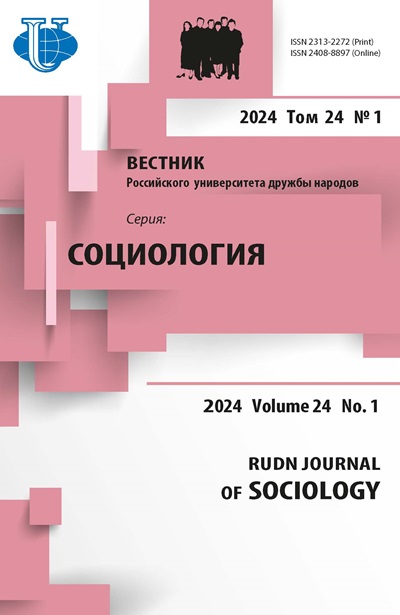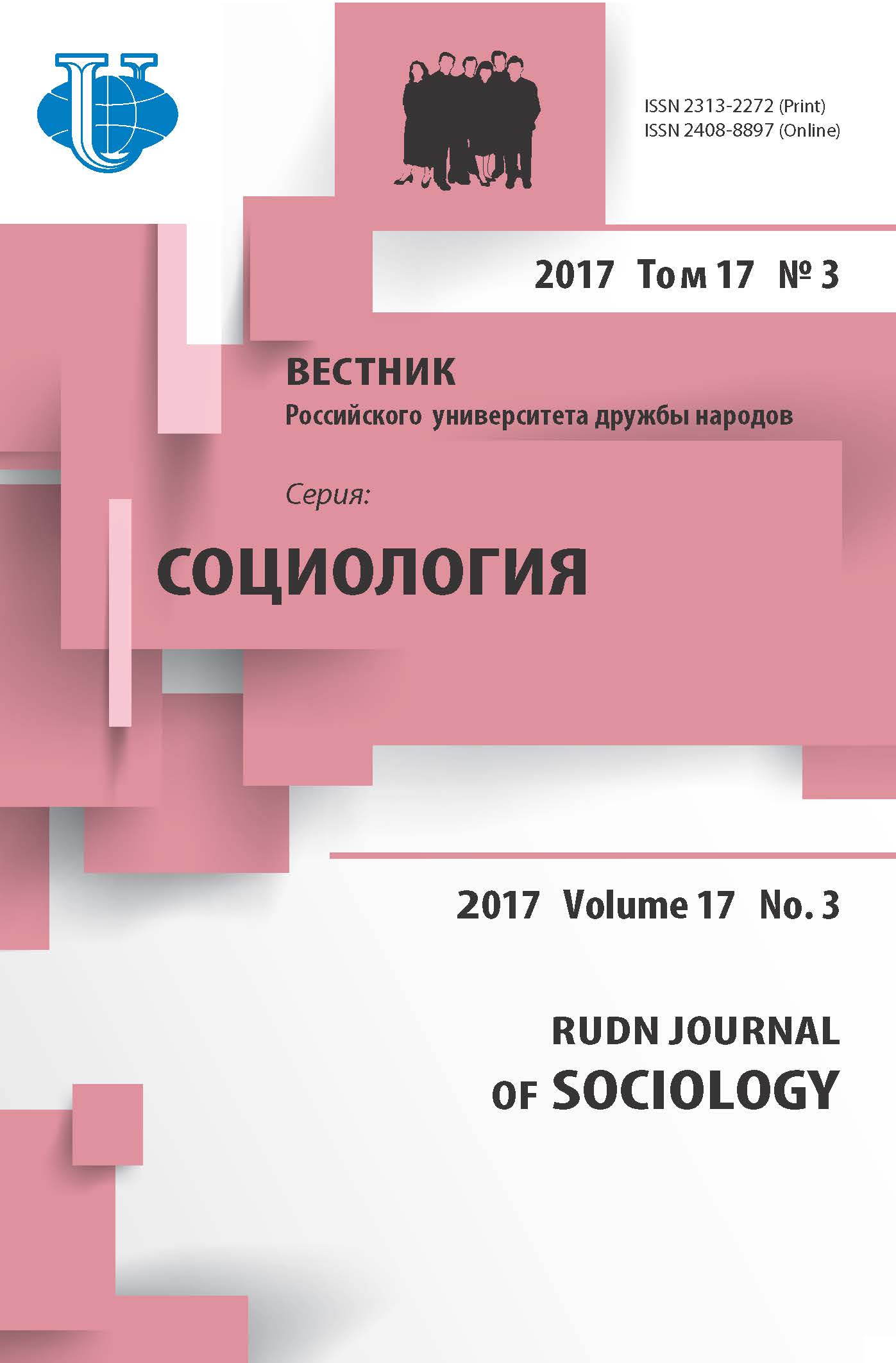Anti-Semitism yesterday and Islamophobia today: A Central-European perspective
- Authors: Černý K1
-
Affiliations:
- Charles University in Prague
- Issue: Vol 17, No 3 (2017)
- Pages: 399-407
- Section: Reviews
- URL: https://journals.rudn.ru/sociology/article/view/16811
- DOI: https://doi.org/10.22363/2313-2272-2017-17-3-399-407
Cite item
Full Text
Abstract
The author compares the mediaeval and early-modern discourses on anti-Semitism with the today discourse of Islamophobia focusing on the contextual framework of Central Europe in general and the Czech Republic in particular. The article describes the broad context of the nowadays Islamo-phobia in the Czech Republic, which has grown and expanded greatly in recent years though the Czech Republic’s historical experience (different forms of direct interaction with the Muslim minority in the country with the roots that can be traced back to the 1970s) has been prevailingly positive. The majority of the Czech Muslims are, and have long been, well integrated or even assimilated into the Czech society. The Czech Islamophobia is therefore described in the article as a kind of a paradox; it seems to be rather a strange ‘product’ (a result and a consequence) of people’s everyday perception and interpretation of international events (for instance, of the so-called ‘international war on terrorism’) than a ‘product’ of their direct everyday experience in their home country - of the face-to-face interaction with the Muslim minority. The second part of the article focuses on the Islamophobic discourse developing in the Czech Republic and identifies some of the key issues and topics it shares with the well-known phenomenon of anti-Semitism that historically preceded Islamophobia: ‘the internal enemy’, ‘the threats to the security’, ‘the secret conspiracy for the world dominance’, ‘the “other” incompatible with the European society in cultural, religious and other respects’, ‘the unproductive parasite living at the expense of the (Christian) majority society’, ‘the sacrificial lamb’, and finally ‘the community trying to segregate and create parallel values and institutions’ (so as not to be integrated into the Czech or Central-European society). To a certain degree Islamophobia today revives the previous anti-Semitism for it constructs an image of the Muslim as a dangerous stranger/foreigner, which resembles the negative image of the Jew and Judaism con-structed on the eve of the Holocaust.
About the authors
K Černý
Charles University in Prague
Email: karlos.cernoch@post.cz
U Kříže 8, 15800 Praha 5, Czech Republic
References
- Černý K. Nad Evropou půlměsíc. Praha: Karolinum; 2015.
- Hamannová B. Bertha von Suttner. Život pro mír. Praha: Prostor; 2007.
- Hamannová B. Hitlerova Vídeň. Diktátorova učednická léta. Praha: Prostor; 2011.
- Laqueur W. Měnící se tvář antisemitismu. Praha: Nakladatelství lidové noviny; 2007.
- Mendel M., Ostřanský B., Rataj T. (eds.) Islám v srdci Evropy. Vlivy islámské civilizace na dějiny a současnost českých zemí. Praha: Academia; 2007.
- Pavlíková E. Muslimští migranti a český sekulární stát. Červený Kostelec: Pavel Mervart; 2012.
- Topinka D. a kol. Integrační proces muslimů v ČR - Pilotní projekt. 2006/2007. http://www.inkluzivniskola.cz/sites/default/files/uploaded/integrace_muslimu.pdf.
- Topinka D. a kol. Muslimové v ČR. Etablování islámu a muslimů ve veřejném prostoru. Brno: Barrister and Principal; 2016.














